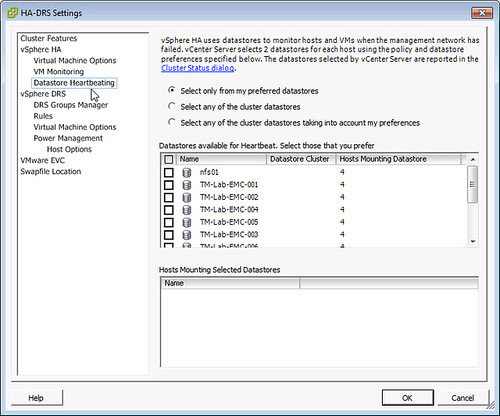 |
Like most technologies, Identity and Access Management (IAM) has been challenged by new business and IT trends that are causing serious disruptions in how we approach information security. The exponential growth of digital identities coupled with the increasing use of software as a service and mobile and cloud platforms have made the traditional perimeter all but disappear. As a result, legacy IAM tools that have been a security mainstay for decades are simply failing to keep up. So how exactly do we protect the borderless enterprise? As the saying goes, “Nothing Endures but Change” and to help navigate the current threat landscape, IAM solutions need to adapt as fast as the rapidly-changing threat scenarios. Identities are at the front lines of the everyday battle for cyber security and IAM systems must become the front line of defense. Next-Generation IAM We’ve been talking a lot this year about the notion of an “anti-fragile” security system – the idea that security solutions must become stronger and smarter with each attack or disorder. These solutions must be adaptable and intelligent to make detecting and responding to both current and future attacks a much quicker process. In a recently released technology brief called “Adaptive IAM: Defending the Borderless Enterprise” <link>, we examine this concept for IAM. The brief discusses how IAM must be reinvented to be more intelligent and adaptable in order to stay relevant in today’s hyper-extended IT environments. Instead of guarding stationary perimeters, Adaptive IAM patrols a dynamic “situational perimeter” to help enforce security whenever and wherever users interact with corporate data and resources. With the rise of Advanced Threats and multi-vector attacks, gone are the days where trust can be established by a single successful log-on; trust must be continually verified and re-checked with each interaction between user and protected resource. Adaptive IAM includes 4 guiding principles:
Journey to Adaptive IAM Going from the current state of IAM to this next-generation will certainly be a journey – not only for customers, but for the vendor community as well. We need to pave a smooth migration path for our customers and while no one is 100% of the way there yet, advances are being made toward this IAM ideal. Our recent launch of RSA Authentication Manager 8 was a big first step, and we’ve been hard at work evolving other parts of the RSA Identity and Access Management portfolio. Today we announced several of updates and critical integrations that can help drive the journey for our customers:
IAM solutions need to adapt as fast as the rapidly changing threat scenarios. This is security’s “new normal” and we must evolve. By creating an IAM solution that embodies the anti-fragile concept – one that is adaptable and dynamic – we can create ‘situational perimeters’ around the borderless enterprise and arm ourselves for the front lines of this cyber security battle.
|
| Update your feed preferences | |































 I have this search column open on twitter with the term “software defined storage”. One thing that kept popping up in the last couple of days was a tweet from various IBM people around how
I have this search column open on twitter with the term “software defined storage”. One thing that kept popping up in the last couple of days was a tweet from various IBM people around how 



